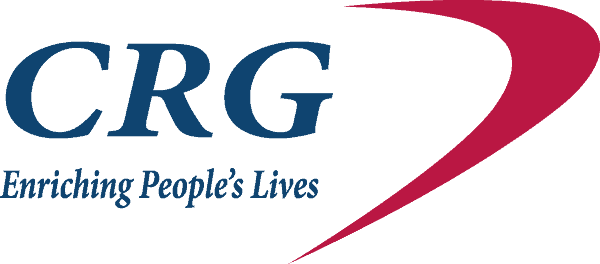Managing Priorities and Mastering Stress: Building Sustainable Leadership
Welcome back to Section One: Self-Management in our Transformational Leadership Series. You’ve been steadily building your internal leadership capacity—clarifying beliefs, defining purpose, setting goals, and committing to lifelong growth.
Now we move to the next critical frontier: daily execution.
It’s not enough to have big goals—you must prioritize what truly matters and manage your energy to stay healthy and effective over the long term. Without these skills, even the most talented leaders burn out or lose focus.
In this article, we explore:
- Skill 9: Priority & Time Management — Plan and prioritize what is most important, then plan the best use of your time related to your priorities.
- Skill 10: Stress Management — Apply effective stress management methods to daily life.
Let’s equip you to lead with precision and resilience.
Skill 9: Priority & Time Management — Plan and Prioritize What Is Most Important, Then Plan the Best Use of My Time Related to My Priorities
What This Means
Every leader has the same 24 hours in a day—but what separates the exceptional from the average is how they prioritize and manage those hours.
Priority and time management is about getting clear on what matters most and structuring your time to reflect those priorities. Instead of reacting to every demand, you lead your schedule proactively.
When you master this skill, you align your daily actions with your highest goals, ensuring that your time is an investment, not an expense.
Why It Matters
Without clear priorities, your time is dictated by urgency rather than importance.
Leaders who master this skill:
- Protect time for high-impact activities.
- Reduce overwhelm and increase focus.
- Model effective time stewardship for their teams.
Effective time management is not about doing more—it’s about doing what matters most, consistently.
How to Implement
- Identify Your Top Priorities: What are the 3–5 things that deserve your focus right now? Align them with your values and goals.
- Block Time for Important Work: Schedule dedicated time for high-priority tasks before your day gets filled with noise.
- Use Daily and Weekly Planning: Start each week and day with a clear plan of action.
- Eliminate Time Wasters: Audit your calendar and remove low-value activities. Get that phone and social media out of reach.
- Review and Adjust Regularly: Time management is a living system—refine it as your goals evolve.
When you manage your priorities and time effectively, you move from busy to purposeful, and your leadership impact expands exponentially.
Author’s Note: Your ability to say “No” is equally as important as your ability to say “Yes” so that you can keep on track with your priorities.
Skill 10: Stress Management — Apply Effective Stress Management Methods to Daily Life
What This Means
Leadership is demanding. The higher you rise, the more responsibilities and pressures you carry. Without intentional stress management, even the best leaders risk burnout, health problems, and reduced effectiveness.
This is where our trusted tool, the Stress Indicator & Health Planner (SIHP), becomes invaluable. With 120 carefully designed questions across 5 critical categories, this assessment benchmarks your stress and wellness levels with remarkable accuracy.
Paired with our comprehensive online course Dying To Live, you gain not just awareness but also actionable strategies to manage and reduce stress before it takes a toll on your health and leadership.
Why It Matters
Unmanaged stress erodes leadership capacity. But proactive stress management:
- Preserves your energy and resilience.
- Improves decision-making and emotional regulation.
- Strengthens both personal well-being and professional performance.
A healthy leader is a sustainable leader.
How to Implement
- Complete the Stress Indicator & Health Planner (SIHP): Benchmark your current stress and wellness levels to understand your specific risks.
- Engage with the Dying To Live Course: Learn practical, research-based strategies to reduce stress and increase vitality.
- Incorporate Daily Stress Reduction Practices: Use techniques such as deep breathing, exercise, healthy nutrition, and quality sleep.
- Set Boundaries: Protect your time and energy by saying no to low-value demands.
- Monitor and Adjust: Treat stress management as an ongoing practice, not a one-time fix.
When you proactively manage stress, you lead with clarity, calm, and confidence—even in high-pressure environments.
Final Thoughts: Lead with Focus, Lead with Resilience
Mastering priority management and stress management empowers you to:
Maximize your leadership impact through focused time stewardship.
Sustain your energy and health for long-term leadership effectiveness.
Model sustainable success for your team and organization.
In the next article, we will continue this journey by focusing on your physical well-being and mental outlook, as we explore Skill 11: Health Practices and Skill 12: Maintaining an Optimistic and Positive Mindset.
Your leadership transformation is gaining momentum—keep up the great work.
Until next time, Keep Living On Purpose!
PS. Stay tuned to your opportunity to pre-register for the Online Transformational Leadership Course. That link will be available soon. To bench your (or others) leadership skills, access our Leadership Skills Inventory-Self or LSI-360′.

